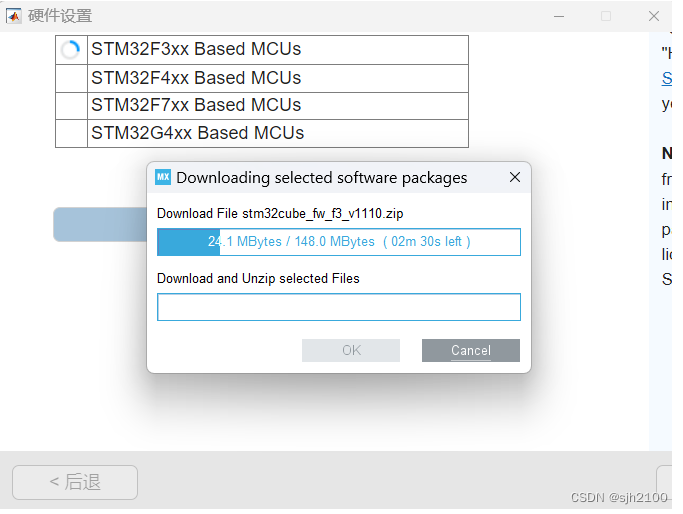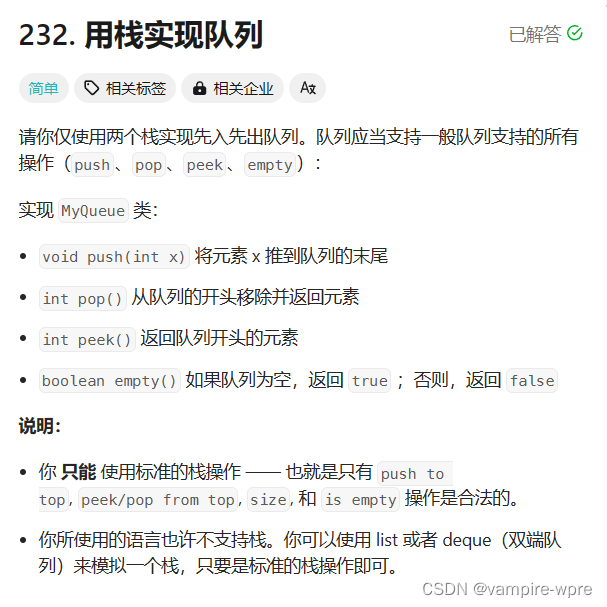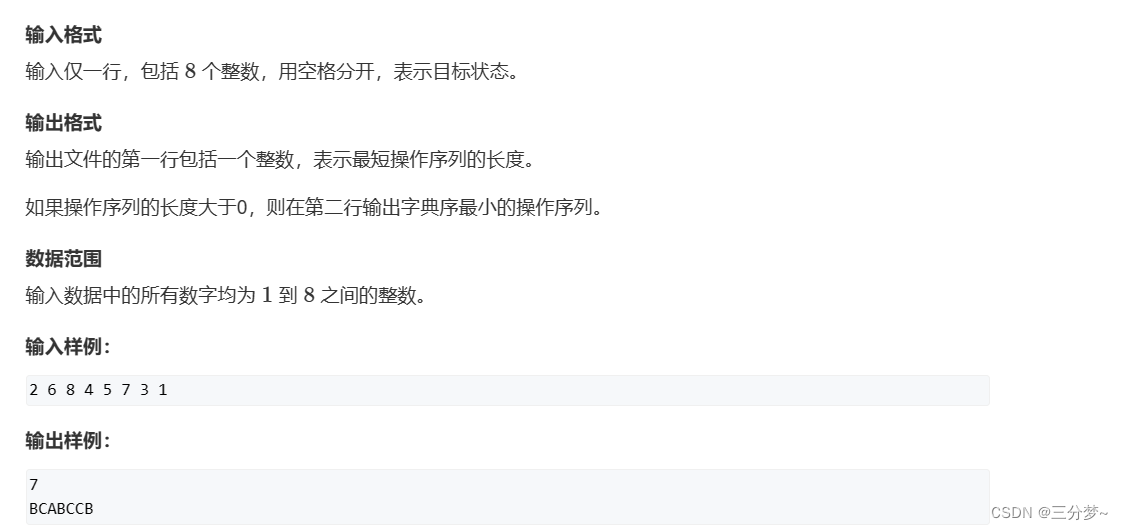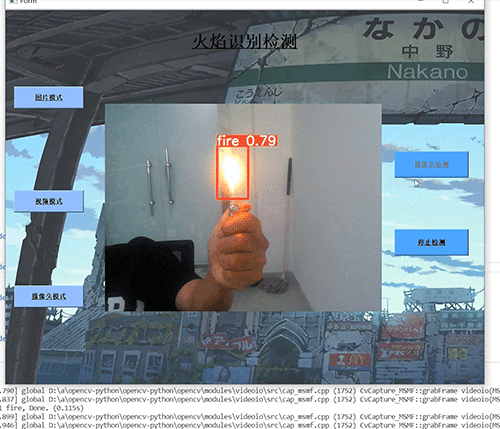一、继承Thread方法
public class MyThread extends Thread{
@Override
public void run() {
for (int i = 0; i < 10; i++) {
System.out.println(getName() + "输出内容");
}
}
public static void main(String[] args) {
MyThread thread1 = new MyThread();
MyThread thread2 = new MyThread();
thread1.setName("线程1");
thread2.setName("线程2");
thread1.start();
thread2.start();
}
}输出结果:
线程1输出内容
线程2输出内容
线程1输出内容
线程2输出内容
线程2输出内容
线程2输出内容
线程2输出内容
线程2输出内容
线程2输出内容
线程1输出内容
线程2输出内容
线程1输出内容
线程1输出内容
线程1输出内容
线程1输出内容
线程2输出内容
线程2输出内容
线程1输出内容
线程1输出内容
线程1输出内容
最简单的实现多线程的方法,但拓展性差,Java中只能继承一个父类,也就意味着不能继承其他类了。
二、实现Runable接口
public class MyThread1 implements Runnable{
@Override
public void run() {
for (int i = 0; i < 10; i++) {
System.out.println(Thread.currentThread().getName() + "输出内容");
}
}
public static void main(String[] args) {
MyThread1 run = new MyThread1();
Thread thread1 = new Thread(run);
Thread thread2 = new Thread(run);
thread1.setName("线程1");
thread2.setName("线程2");
thread1.start();
thread2.start();
}
} 拓展性好,可以继承其他类或接口的方法,但是不能使用Thread类中的方法了。
这里获取线程名称时,使用了Thread.currentThread()静态方法来获取运行线程。
三、实现Callable接口
public class MyThread2 implements Callable<String> {
@Override
public String call() {
return Thread.currentThread().getName() + "输出结果";
}
public static void main(String[] args) throws ExecutionException, InterruptedException {
MyThread2 myThread2 = new MyThread2();
FutureTask<String> future = new FutureTask(myThread2);
Thread thread1 = new Thread(future);
thread1.setName("线程1");
thread1.start();
String result = future.get();
System.out.println(result);
}
}前两种方法都不能将线程运行的结果返回,实现Callable接口就可以实现线程运行结果的返回了。
通过Future来管理线程返回的内容。
其中FutureTask实现类,实现了RunnableFuture接口,RunnableFuture又继承了Runnable和 Future两个接口。
![]()
![]()


















